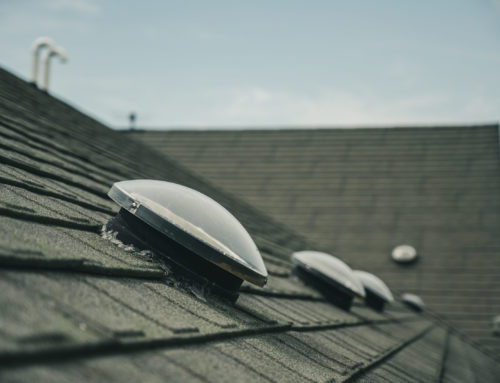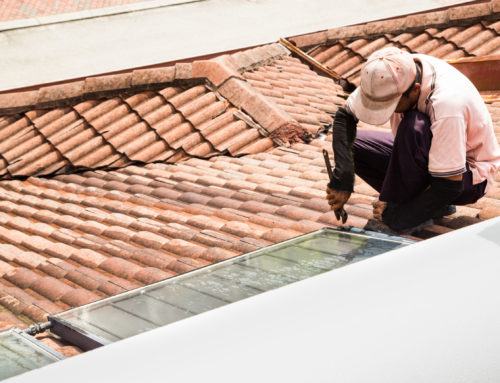With the sustained calls for renewable energy adoption, more and more people are installing solar panels in their homes.
In fact, research shows that a solar system is installed every 2.5 minutes in the United States.
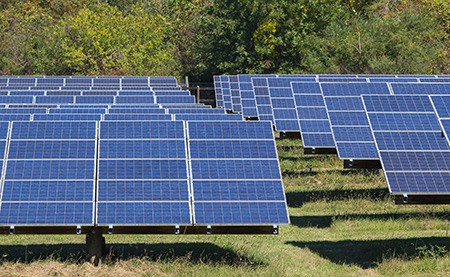
If you are thinking about having a solar array installed, you will find yourself with the dilemma of choosing either of two racking systems; roof mounting or ground mounting.
The need for proper racking systems is dire due to the various forces that work on a solar panel, such as its weight, that of the precipitation or dirt on top of it, as well as wind, rain, or seismic loads.
As such, it is imperative that the panel is able to withstand those forces, thus the need for a proper mounting system. The mounting system offers the structural strength required to accommodate the effects of these forces as well as providing the support necessary to keep the solar array system in place for maximum power output.
We mentioned earlier, when it comes to the installation of solar panels, you have a choice of either ground mount racking or roof mount racking. Your choice will be influenced by factors such as local requirements, budget, space, location, and your preferences.
But – is one type of mounting technique better than the other? This article will look at both types of mounting systems to put you in the know.
Roof Mounting
This is the most common method of installing solar arrays. The roof acts as the base support of the solar system. It is the most preferred option for city dwellers.
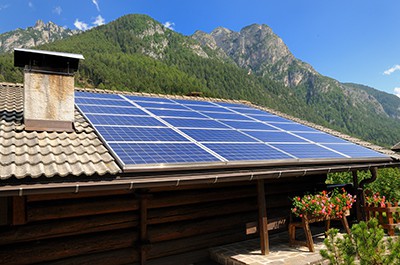
The configuration involves installing a series of flashings or a rail system that attach the panel to the roof. Rooftop solar systems can be installed via various configurations including railed, rail-less, shared-rail, and flat roof.
Homeowners and designers usually choose one that best meets the needs of that particular roof. However, the shared-rail configuration is the most popular since it is the most cost-effective.
Ground Mounting
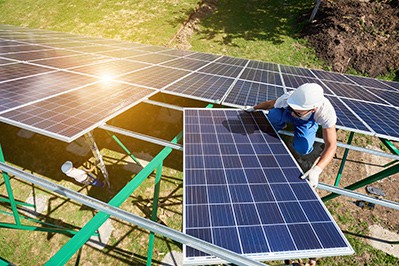
This requires infrastructure that will excavate an area to install the mounting structure that will support the panels. Moreover, trenches will need to be built to carry the wires from the system to the building.
And because ground-mounted panels typically produce more power, they are mostly used by commercial buildings even though residential buildings also benefit from them.
Let us consider the pros and cons of each mounting system based on the following factors:
Roof-Mounted Panels
Costs
The reason why roof-mounted panels are the most common type of solar systems is that they are easy and faster to install. However, the condition of your roof is going to play a critical role in determining the overall costs of the installation.
This is because roof-mounted arrays need to be placed on a well-maintained roof that can last for at least 20 years without needing replacement. Thus, if your roof is over ten years old, it is likely that you are going to have to replace it during the panel system’s lifetime.
Uninstalling and reinstalling solar arrays is a complicated, arduous, and therefore, expensive process. Thus, an old roof will increase total costs.
Space
There is a limit to the size of the system you can place on your roof. While this may limit the amount of power you can generate, it allows you to preserve your property’s usable space.
Aesthetics
A roof-mounted system is typically less conspicuous. Nonetheless, this depends on your house’s positioning. If the front side of your house faces the south, your solar arrays will be very conspicuous.
However, if the house faces north, it means you will have the option of placing the panels on the backside of the roof. This makes them less noticeable. You may also choose to install roof tiles, which are modern panels that are designed to resemble roof tiles so as not to interfere with the home’s aesthetics.
Positioning
When installing solar arrays on the roof, you will be limited by factors such as the type of roofing, angle, and direction.
For instance, slate roofs with a steep descent are not preferable while an asphalt roof with a gentle pitch is considered ideal.
Other considerations include obstructions such as skylights, chimneys, buildings, and trees as they may cast shadows on the panels, thus limiting the overall production.
Maintenance
Taking care of roof-mounted panels is more difficult since it involves climbing the roof. Rooftop safety is not always guaranteed. In fact, installation companies always face a rooftop safety risk when performing their job. This is why you should call in a professional every year to do the maintenance for you.
Ground-Mounted Panels
Costs
As mentioned earlier, on average, ground-mounted arrays cost more to install as they require extra materials. Also, the installation is labor and time intensive.
The installation typically requires a cement foundation in addition to a reinforced pole structure to make sure the arrays are lifted off the ground, have the appropriate tilt angle, and are wired to the house. This amounts to quite significant costs.
Space
For large properties with a lot of unused space, the property owner can install a much larger solar system since ground-mounted systems are not bound by size limits like roof-mounted systems are. This gives such a homeowner the opportunity to generate much more energy thus saving on their utility bills even further.
Nonetheless, such systems typically consume a lot of space. Any ground-mounted array typically consumes more space than a roof-based panel, which might be an issue if you have limited space.
Aesthetics
A ground-mounted array system typically sits between a few inches and a couple of feet off the ground. This depends on your location and the type of mounting system you are utilizing. Thus, for instance, if you have a small space in your property then you install a big system, the arrays will be more conspicuous than they would have been on a rooftop.
As such, your solar system will be quite a distraction to your home’s aesthetics if your space is not large enough.
Positioning
The most ideal position for a solar panel system is to face towards west or south, with southeast and southwest alignments being the other possible alternatives.
Ground-mounted systems allow you to orient the system more easily. You will not have to deal with the obstructions that roof panels have to deal with.
As such, you will be able to ensure that your arrays are facing the right direction and at the right angle. This means your potential to generate energy will not be limited.
Moreover, ground-based panels typically come with solar tracking systems. These tracking systems allow the panels to tilt according to the sun’s position thus further enhancing your efficiency.
Even though solar systems do not typically require a lot of maintenance, you will still have to clean or repair them every once in a while. And because ground-based solar arrays are literally at ground level, cleaning and taking care of them is much easier than roof-based arrays.
Nonetheless, they require more frequent maintenance due to their proximity to dirt and snow.
One of the most significant milestones of the 21st Century is the continued campaigning for and adoption of renewable energy. The sun’s energy is easy to harness while also being infinite.
Solar panel systems are becoming increasingly affordable, as such, more and more homeowners are looking to have them installed in their homes so as to save on energy bills.
However, when it comes to the actual installation, you will have to choose between ground mount racking and rooftop-mounted installations. Both are good with the most appropriate one for you depending on your needs.
Use this article as a guide. Are you looking to get a solar system installed in your home? Talk to our experts at Going Solar, and they will be glad to discuss all your needs and considerations. Get a free estimate here.
